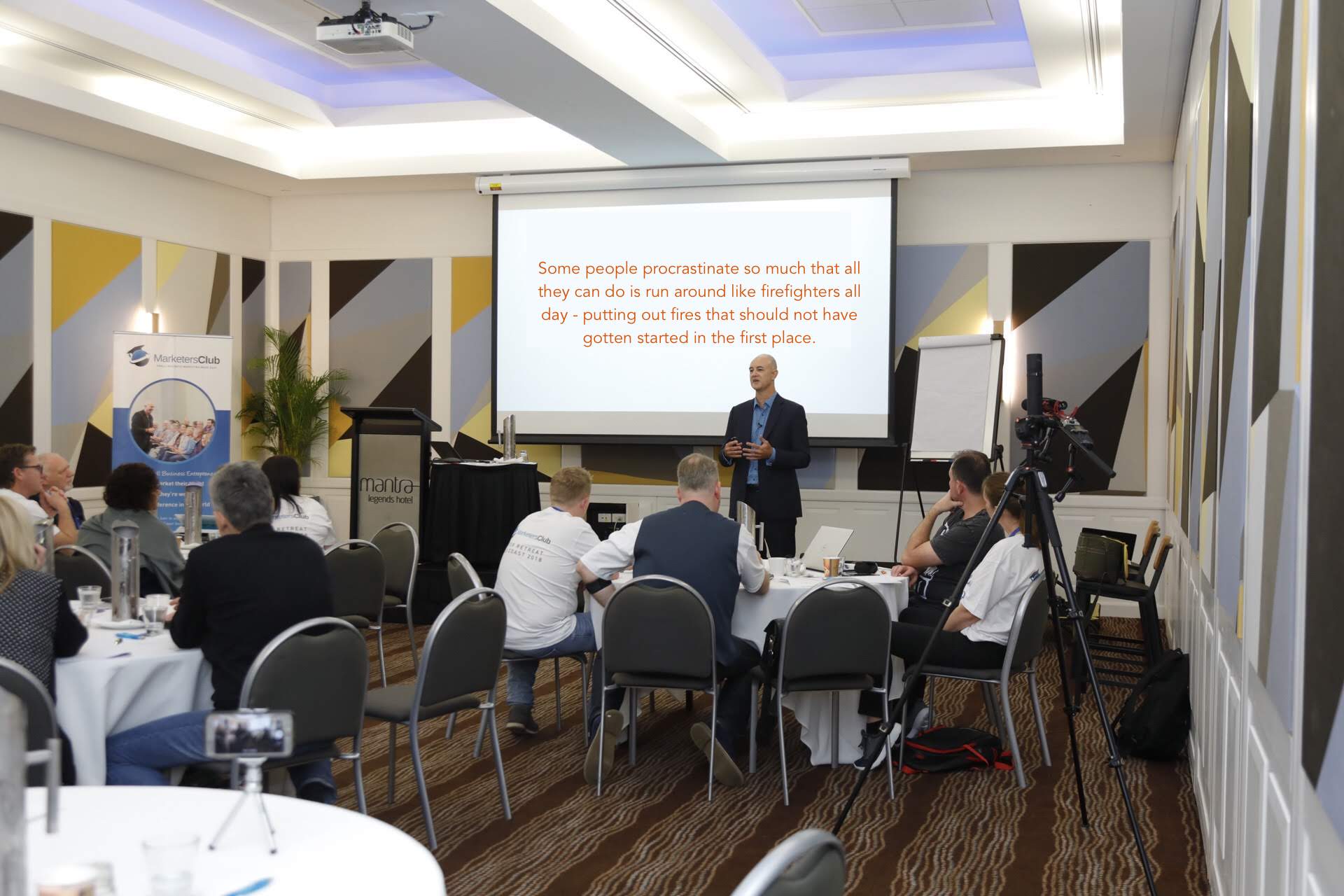In today’s fast-paced and competitive business world, leaders are often faced with the challenge of managing a team where individuals are difficult to work with. Whether it’s continuous arguments or a lack of cooperation, these conflicts can hinder productivity and prevent the team from reaching its full potential. In this article, we will explore the reasons behind team tension, strategies for resolving conflicts, and methods for fostering a culture of respect and collaboration.
Understanding the Root Causes of Tension
The first step in transforming team tension is to understand its underlying causes. Just as a gardener must identify the root of a problem to facilitate growth, leaders must dig deeper to comprehend why conflicts arise within their teams. Some common reasons include personal issues, mismatched skill sets, and differences in background or experience. By asking questions like “Do they know each other and trust each other?” and “Are they from different backgrounds?”, leaders can gain valuable insights into the dynamics of their team.
Building Trust and Addressing Personal Conflicts
Trust is a vital element in any team dynamic. If team members do not trust or know each other well, tensions are likely to arise. In environments where dangerous or high-stress situations prevail, such as in the fire service, it becomes crucial for team members to quickly familiarize themselves with one another’s capabilities. This knowledge can alleviate tension and foster better collaboration. Additionally, leaders should address personal conflicts as soon as they are identified. While some people may be inherently difficult to work with, ignoring them is not a solution. However, it is important to recognize and focus on the positive traits of these individuals. Acknowledging their strengths and finding tasks that align with their abilities can change the dynamics of the team and contribute to overall success.
Effective Communication and Conflict Resolution Techniques
Open lines of communication are essential for resolving conflicts and transforming team tension. Taking team members aside and encouraging them to share their concerns directly can be an effective strategy. Offering a small gesture, such as a drink or a snack, can help break the ice and create a more comfortable environment for open conversation.
Engaging hostile team members by asking for their thoughts and opinions can also contribute to conflict resolution. Often, individuals who exhibit hostility may actually be seeking recognition for their leadership skills. By valuing their input and providing opportunities for them to shine, leaders can redirect their energy towards positive collaboration. Furthermore, active listening and empathy are crucial in deescalating conflicts.
Leaders should make an effort to truly understand the perspectives and grievances of team members. By asking thoughtful questions, nodding, and maintaining eye contact, leaders can convey that they are genuinely interested in finding a solution. Emphasizing the importance of clear communication and providing a platform for team members to express genuine grievances is vital for building understanding and collaboration.
Fostering a Culture of Respect and Collaboration
To establish a culture of respect and collaboration, leaders can implement several strategies. Cross-training teams with other teams or departments can provide opportunities for individuals to work with different people and gain a broader understanding of the organization. Pairing teams together on projects, with one person in charge, encourages collaboration while still maintaining clear leadership hierarchy. Sharing team members’ bios can create a deeper understanding of their backgrounds and experiences. By promoting an environment where everyone’s input is valued, leaders can further strengthen the team’s culture.
Team leaders should also take the initiative to form connections with other team leaders, creating a cohesive network that supports one another. Recognizing and reinforcing positive behavior is essential in fostering a culture of respect. Praising teams individually or collectively, specifically highlighting their accomplishments, will not only make them feel appreciated but also inspire others to strive for excellence. Additionally, maintaining a mission-focused approach reminds team members that they are working towards a common goal and contributes to a sense of shared purpose.
Long-term Strategies for Maintaining Harmony
While conflicts are inevitable, leaders can implement long-term strategies to ensure ongoing harmony within their teams. Creating opportunities for team members to reminisce, share stories, and bond during downtime renews their sense of teamwork and camaraderie. Acknowledging the efforts of the team and expressing gratitude, even through a white lie if necessary, inspires commitment and loyalty.
Constantly striving to be positive leaders and building key connections within the team ensures that leadership is not solely dependent on individuals in specific positions. It is crucial to recognize that tension may always exist to some extent, but as team members become more familiar with each other’s strengths and weaknesses, it becomes easier to appreciate and collaborate effectively.
Navigating team tension requires effective leadership and a deep understanding of the underlying causes of conflict. By investing time in building trust, addressing personal conflicts, promoting open communication, and fostering a culture of respect and collaboration, leaders can transform their teams into cohesive and high-performing units. By implementing the strategies discussed in this guide, you can overcome team tension and inspire your team to reach new heights of success. Remember, leadership is about running towards the flames and embracing challenges head-on.


